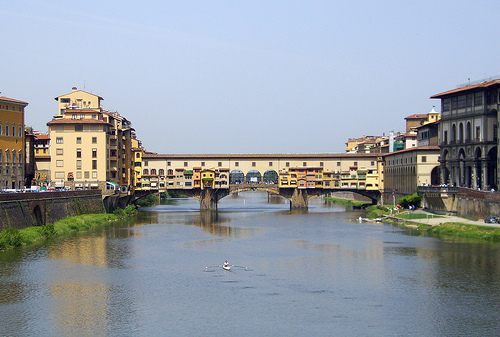
ESPAÑOL
Promotor: Autoridades Locales
Arquitectos: Taddeo Gaddi y Neri di Fioravante
en 1345 y ampliación por Giorgio Vasari en 1565
Tipo: Edificio-Puente
Uso actual: Peatonal y comercial
El Ponte Vecchio (Puente Viejo), es el puente más antiguo y uno de los más famosos de la ciudad de Florencia, de toda Italia y también del mundo. Este bonito puente medieval de diferentes colores y que se ha convertido en un edificio-puente con el paso de los siglos, data nada menos que de la época del Imperio Romano. No obstante, se encuentra localizado en la zona más estrecha del Río Arno a su paso por Florencia. En un primer momento se había construido un puente vernáculo de madera, pero transcurrido el tiempo, a finales del Siglo XII se mejoró enormemente la comunicación en las inmediaciones mediante un nuevo puente de piedra que constaba de cinco arcos y que fue tristemente destruido debido a un fuerte desbordamiento del río que se produjo en la ciudad de Florencia en el año 1333. Posteriormente, en 1345 se encargaba el diseño de un nuevo puente al arquitecto italiano Taddeo Gaddi (1300-1366). El innovador diseño de Taddeo Gaddi para la época en la que fue construido y que ha sobrevivido hasta nuestros días, consiste básicamente en un puente de piedra formado por un tablero soportado por tres segmentos de arco rebajados.
El segmento central, que en la actualidad cuenta con dos terrazas que ofrecen maravillosas vistas a ambos lados del río, dispone de 30 metros de longitud, mientras que los arcos laterales, de menores dimensiones, cuentan con 27 metros cada uno. Para soportar todo el peso del tablero, el arquitecto ideó dos enormes contrafuertes de forma trapezoidal hundidos en el lecho de río más otros dos apoyos en los extremos. Una doble fila de tiendas destinadas en un principio a carnicerías y pescaderías se situaron a ambos lados del puente. Pasado algún tiempo, en el año 1565 el gran Duque de la Toscana Cosme I de Médici (1519-1574), encargaba a Giorgio Vasari (1511-1574) un famoso arquitecto, pintor e historiador de la época, un amplio corredor cubierto de cerca de un kilómetro de longitud que se situaría en el lado este del puente y que pasaría por tanto por encima de las tiendas para unir así el Palazzo Vecchio (Palacio Viejo) con el Palacio Pitti, residencia privada esta última de los Médici; este extenso corredor haría que la familia Médici evitara tener que cruzar el Ponte Vecchio bajo su paso inferior a nivel de calle y a su vez poder acceder también directamente a la Galleria degli Uffizi que se conectaría a su misma altura.
Toda esta enorme ampliación superior del puente aloja en su interior largas galerías de arte donde se encuentran expuestas distintas estatuas romanas en su mayor parte propiedad de los propios Médici; también una espléndida colección de autorretratos de Rubens y Bernini, entre otros. Más tarde, en el año 1593, el Duque y quinto hijo de Cosme I de Médici Fernando I (1549-1609) que tenía que pasar todos los días por el corredor de Vasari, debido a los malos olores que producían las tiendas de los comerciantes de carne y pescado por las ventanas de la nueva galería superior, ordenó convertir todas las tiendas en joyerías para acoger a artesanos y joyeros y a su vez dar mayor prestigio a la zona. Ya en el Siglo XVII se añade a ambos lados del puente la trastienda, en la que unos soportes inclinados de madera ayudan a darle la estabilidad que necesita una nueva ampliación. Las imágenes que ilustran este artículo sobre el Ponte Vecchio, muestran el estado actual de este bonito puente de preciosos colores, y que gracias a toda la historia que le rodea, se ha convertido con el paso del tiempo, sin lugar a dudas, en uno de los puentes mas famosos y bellos del mundo.
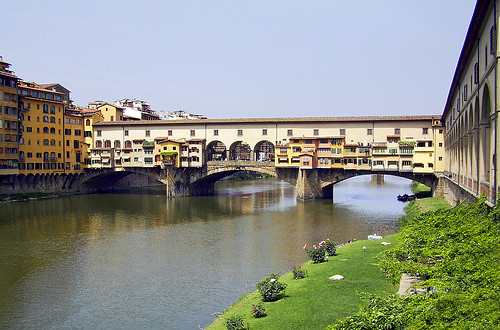
ENGLISH
Promoter: Local Authorities
Architects: Taddeo Gaddi in 1345 and
extension in 1565 by Giorgio Vasari
Type: Bridge-Building
Use actually: Footbridge and comercial
The Ponte Vecchio (Old Bridge) is the oldest bridge and one of the most famous city of Florence, Italy and also in the world. This beautiful medieval bridge in different colors and has become a bridge-building over the centuries, dating none other than the Roman Empire. However, is located at the narrowest part of the River Arno as it passes through Florence. At first bridge was built a wooden vernacular, but has elapsed, at the end of the twelfth century is vastly improved communication in the vicinity with a new stone bridge had five arches, which was sadly destroyed due to a strong river overflow occurred in the city of Florence in 1333. Subsequently, in 1345 was responsible for designing a new bridge to the Italian architect Taddeo Gaddi (1300-1366). The innovative design of Taddeo Gaddi to the time when it was built and has survived until today, is basically a stone bridge supported by a board consisting of three arch segments.
The central segment, which currently has two terraces with wonderful views on both sides of the river, has 30 meters long, while the lateral arches, smaller, have 27 meters each. To support the weight of the board, the architect came up with two huge buttresses trapezoidal sunk in the riverbed over two supports at the ends. A double row of shops aimed at first to butchers and fishmongers were placed on both sides of the bridge. After some time, in 1565 the Grand Duke of Tuscany Cosimo I de 'Medici (1519-1574), entrusted to Giorgio Vasari (1511-1574) a famous architect, painter and historian of the period, covered a wide corridor near a mile long that would be located on the east side of the bridge and thus pass over the stores to join and the Palazzo Vecchio (Old Palace) to the Pitti Palace, the last private residence of the Medici, this long corridor the Medici family would avoid having to cross the Ponte Vecchio under his bottom at street level and in turn also have access directly to the Galleria degli Uffizi that would connect to the same height.
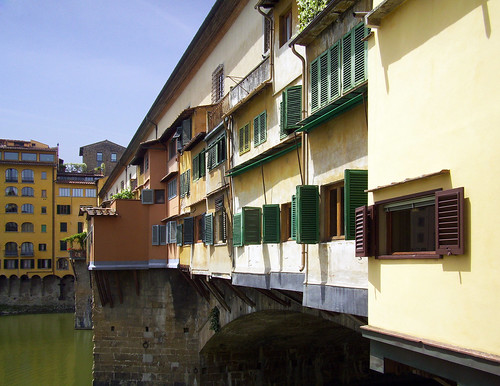
All this enormous expansion of the bridge than inside large hosts art galleries where they are exposed various Roman statues mostly owned by the Medici themselves, and also a splendid collection of self portraits by Rubens and Bernini, among others. Later in the year 1593, the Duke and fifth son of Cosimo I de Medici Ferdinand I (1549-1609) who had to spend every day for the Vasari Corridor, due to odor producing merchants stores meat and fish through the windows of the new gallery above, ordered to convert all jewelry stores to accommodate artisans and jewelers and in turn give more prestige to the area. Already in the seventeenth century is added to both sides of the bridge behind the scenes, in which a sloping wooden supports help give the stability it needs a new extension. The images that illustrate this article on the Ponte Vecchio, show the current status of this beautiful bridge of beautiful colors, and thanks to all the history that surrounds it, has become over time, undoubtedly, one of the most famous and beautiful bridges in the world.
All images of the Ponte Vecchio here
"Images and Text Ponte Vecchio, Florence, Italy"
Copyright © José Miguel Hernández Hernández
Editor, Escritor y Fotógrafo de Arquitectura /
Publisher, Writer and Architectural Photographer
Todos los derechos reservados / All rights reserved
www.jmhdezhdez.com
Related articles / Artículos relacionados
El David
Piazza della Signoria, Firenze, Italy
Michelangelo Buonarroti
Pisa Tower
Pisa, Toscana, Italy
Bonanno Pisano and others
Coliseum
Rome, Italy
Flavian Dinasty
MUY IMPORTANTE!!! VERY IMPORTANT!!!
Deja tu comentario sobre este reportaje al pie de este post donde dice "Publicar un comentario en la entrada"; me será de gran valor para seguir mejorando este sitio web y te contestaré con la mayor brevedad posible... Muchas gracias!
No obstante, si te ha resultado interesante este reportaje y también el Blog en general, por favor, no dudes en hacerte Fan de la página de Fans del Blog de José Miguel Hernández Hernández en Facebook aquí
Nota importante: Una vez que hayas entrado en la página de Fans del Blog en Facebook, con sólo hacer click en el botón de "Me gusta", a partir de ese momento estarás al tanto de todos los nuevos reportajes interesantes relacionados con la Arquitectura y la Ingeniería que aquí se vayan publicando para no perder ningún detalle...
También puedes suscribirte por e-mail (te llegaría un e-mail con el enlace de cada artículo en el mismo momento en que sea publicado), o bien también puedes seguir el Blog a través de Twitter aquí
Nos vemos en el Blog!
Leave a comment on this story at the bottom of this post where it says "Post a comment in the entry", I will prove invaluable to further improve this website and I will answer as soon as possible .. . Thank you very much!
However, if you this story was interesting and the blog in general, please do not hesitate to make Fan Fans of the Blog page José Miguel Hernández Hernández on Facebook here
Very important: Once you enter the page Blog fan of Facebook, simply click on the button Like "From that moment you are aware of all new interesting stories related to the Architecture and Engineering are published here to avoid losing any detail ...
Can also subscribe by e-mail (I would e-mail with a link to each item in the same time it is published), or you can follow through Blog Twitter here
See you at the Blog!
HOME GEOGRAPHY ARCHITECTURE ENGINEERING SKYSCRAPERS
BRIDGES BUILDINGS TOWERS PUBLICATIONS ABOUT ME CONTACT
Copyright © José Miguel Hernández Hernández
Editor, Escritor y Fotógrafo de Arquitectura /
Publisher, Writer and Architectural Photographer
http://www.jmhdezhdez.com/
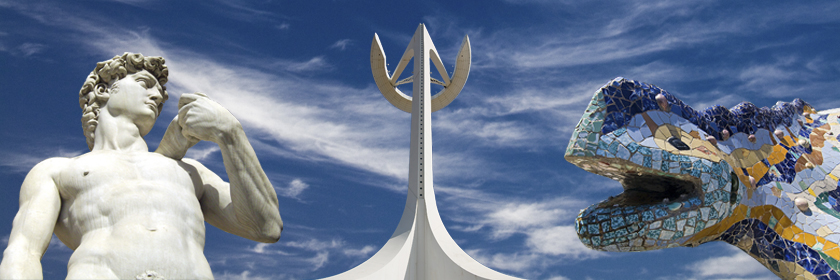

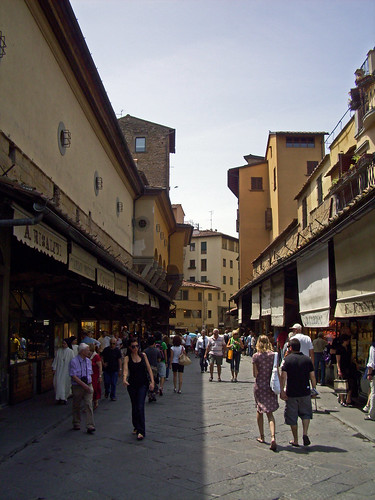
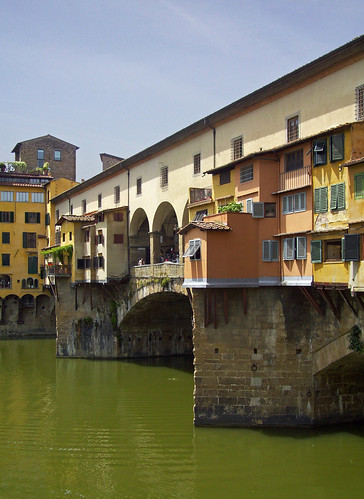
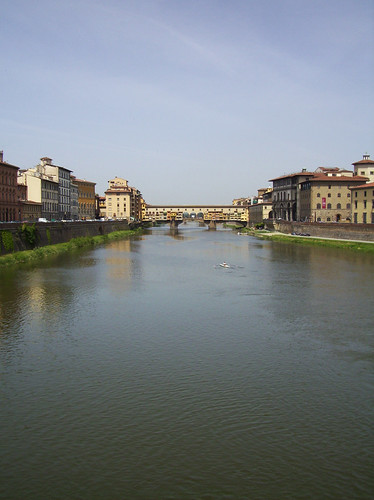
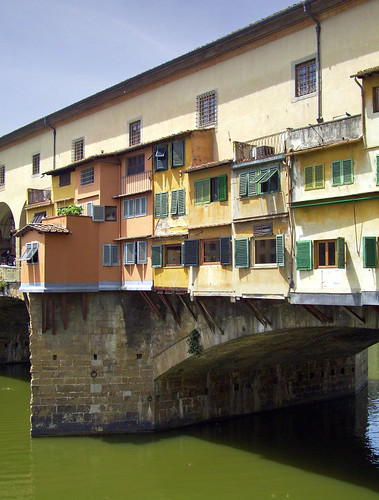





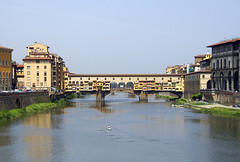



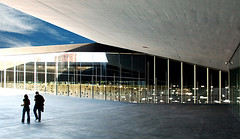



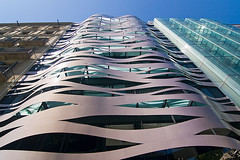



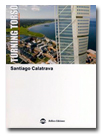

No hay comentarios:
Publicar un comentario